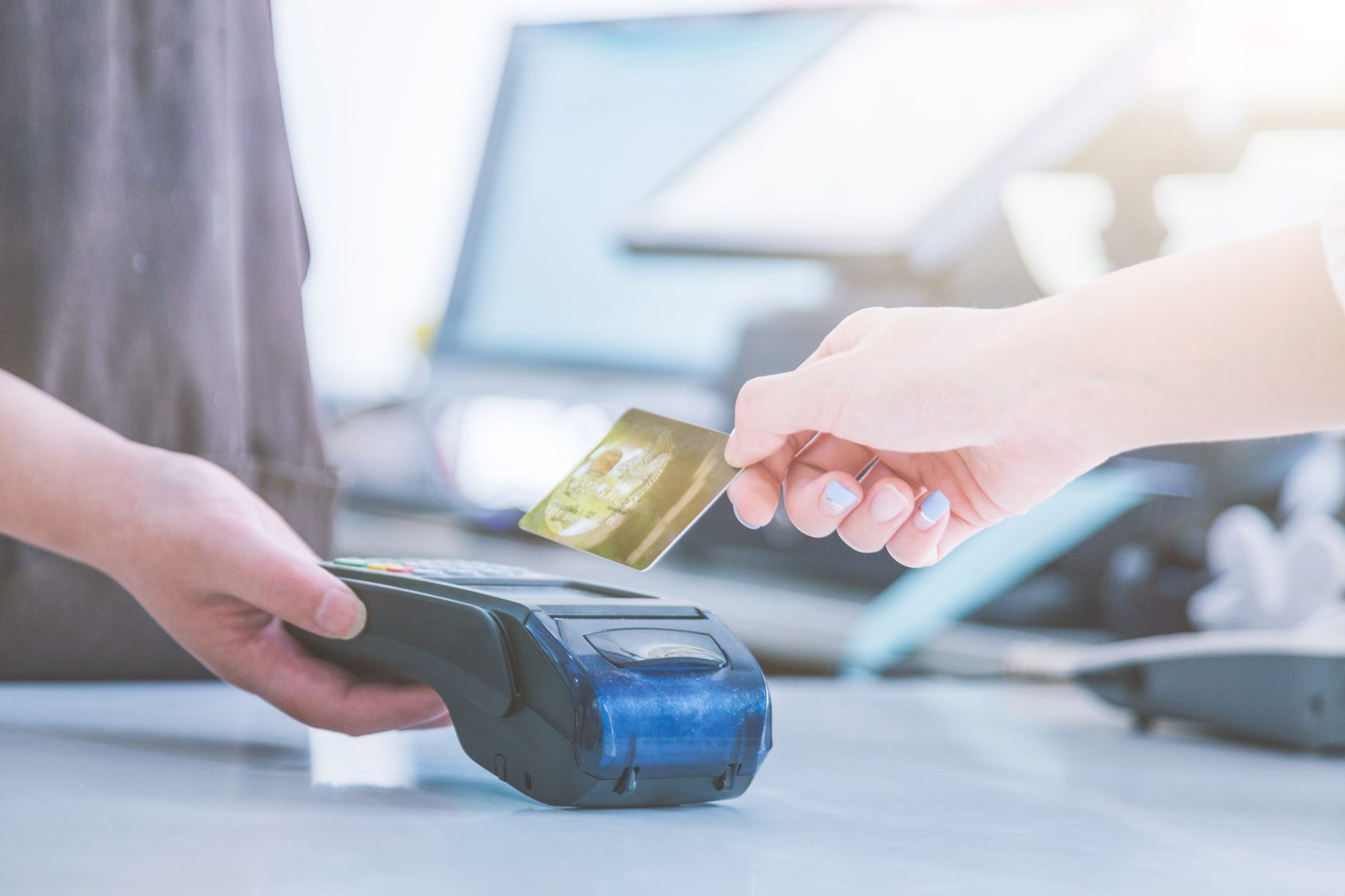The United States saw a significant reduction in counterfeit fraud, with a 76% decrease attributed to the widespread adoption of chip cards. This milestone highlights the effectiveness of chip technology in enhancing payment security and protecting consumers from fraud.
The Shift to Chip Cards
The transition from magnetic stripe cards to chip cards, also known as EMV (Europay, Mastercard, and Visa) cards, began in earnest in the U.S. around 2015. Chip cards offer enhanced security features that make it more difficult for fraudsters to create counterfeit cards.
How Chip Cards Work
Chip cards use embedded microprocessors to create unique transaction codes for each purchase. Unlike magnetic stripe cards, which use static data that can be easily copied, chip cards generate dynamic data that is much harder to replicate. This technology significantly reduces the risk of counterfeit fraud.
Impact on Fraud Reduction
The introduction of chip cards has had a profound impact on reducing counterfeit fraud. According to data from Visa and Mastercard, counterfeit fraud at EMV-compliant merchants dropped by 76% between 2015 and 2018. This decline reflects the increased security that chip cards provide compared to traditional magnetic stripe cards.
Benefits for Consumers and Merchants
The switch to chip cards has brought numerous benefits for both consumers and merchants:
- Enhanced Security: Consumers enjoy greater protection against fraud, leading to increased confidence in using their cards for transactions.
- Reduced Fraud Losses: Merchants experience fewer losses due to counterfeit fraud, improving their bottom line and reducing the costs associated with fraud management.
- Improved Trust: The widespread adoption of chip technology enhances trust in the payment system, benefiting all stakeholders in the financial ecosystem.
Future Outlook
While the adoption of chip cards has significantly reduced counterfeit fraud, ongoing efforts are needed to combat other types of card fraud, such as card-not-present (CNP) fraud. As fraudsters shift their focus to online and remote transactions, the industry must continue to innovate and implement new security measures.
Conclusion
The 76% decrease in counterfeit fraud since the U.S. switch to chip cards in 2015 underscores the effectiveness of EMV technology in enhancing payment security. This significant milestone highlights the benefits of chip cards for consumers and merchants alike, providing greater protection against fraud and fostering trust in the payment system.
As the industry continues to evolve, the focus will remain on developing innovative solutions to combat all forms of card fraud, ensuring a secure and reliable payment environment for everyone.










